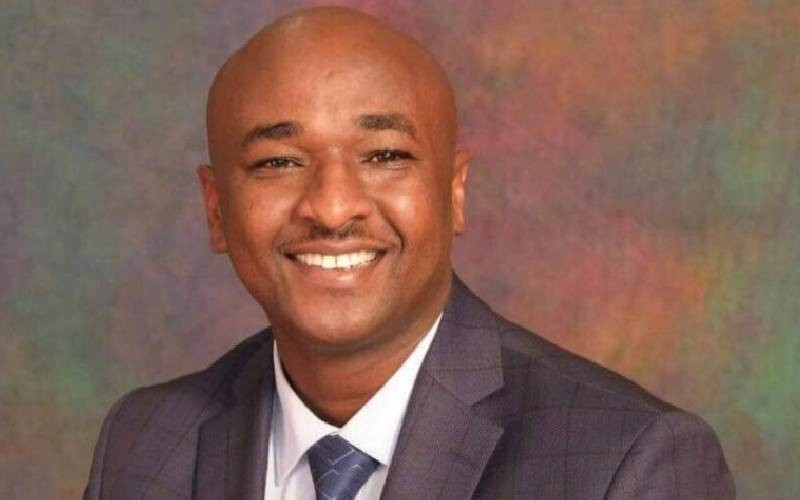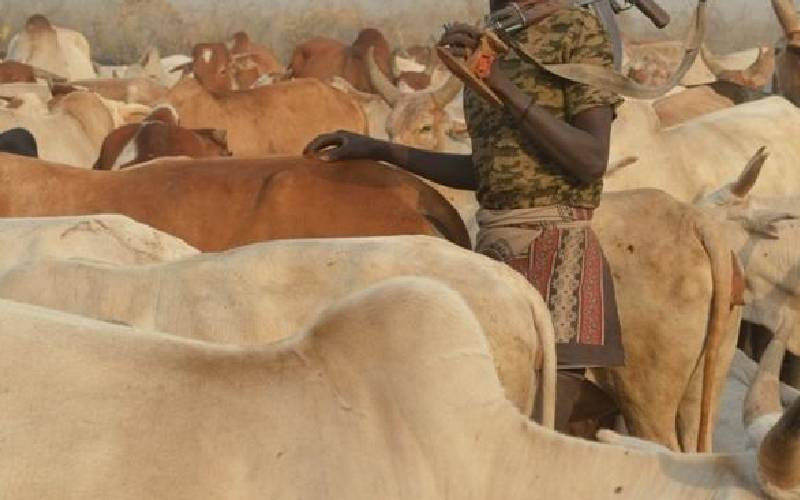NAIROBI: A new formula to guide allocation of billions of national revenues to the 47 county governments would see up to 30 counties lose hundreds of millions of their share from the national pot.
The Commission on Revenue Allocation has proposed that in the calculation to decide allocation to each county, 45 per cent of the allocation shall be based on population, 26 per cent shall be divided equally among all the 47 counties, 18 per cent on poverty index, eight per cent based on geographical size of a county, two per cent will be based on how much a county collects, and one per cent will be based on the level of development in each county.
The commission, whose motto is “promoting an equitable society”, has proposed the formula which if adopted will determine the county allocations for the next three years.
The irony of the cash allocation blueprint is that some of the poorest and least developed counties stand to lose billions, while the relatively rich and fairly well-developed counties would gain billions.
For example, the commission’s simulations using the current figures show that the largely arid, under-developed Turkana County will lose Sh1.8 billion. On the other hand, Nairobi City County, which hosts Kenya’s capital and collects billions of shillings in revenue is poised to gain an extra Sh382 million. Kiambu County would get at least Sh642 million more if the new formula is applied.
This financial year, the shareable revenue for the counties is Sh259.8 billion and that is what the CRA is using to compute the allocations.
But the CRA brief puts more emphasis on poverty and therefore it challenges the rationale of why the percentage has been reduced to 18 per cent from 20 per cent. In fact, it says that using the poverty criteria “ensures the poorest of the poor get the highest allocations”.
“Poverty index is a good proxy of developmental needs and economic disparities among counties. Use of this parameter in the formula guarantees allocations of revenue to disadvantaged areas which also happen to be the counties with the greatest need,” reads the brief.
The formula grants all the counties in the Coast region a huge increase in allocations with Kilifi, Kwale and Mombasa all scheduled to have their respective share of allocations from the national pot go up by at least Sh1.1 billion. Tana River, Lamu and Taita-Taveta are also among the top ten biggest winners. The three counties would respectively get a minimum of Sh613 million, Sh240 million and Sh243 million more.
The biggest losers are Turkana (Sh1.8 billion), Kisii (Sh688 million), Mandera (Sh571 million), Busia (Sh503 million), Trans-Nzoia (Sh357 million), Machakos (Sh296 million), Samburu (Sh291 million), Kakamega (Sh281 million), Nyandarua (Sh251 million), Bungoma (Sh215 million), Baringo (Sh240 million), Nandi (Sh208 million), Bomet (Sh206 million) and Migori (200 million).
The massive revenue slash in the poor counties, according to the CRA, is because the poverty numbers have changed. The explanation is that CRA is no longer using the data used for the first formula. They say they are using poverty data that was collected in 2009, not the poverty indices of 2005/06.
POVERTY CALCULATION
That reduction of two percentage points in the poverty calculation, plus the “uncapping” of land calculation – using real values of the size of a county relative to the size of Kenya rather than estimates as is the case now—is the cause of the major shift in allocations.
“Overall, the changes in the poverty gap alters allocations substantially in several counties, some positively, some negatively... the uncapping of land reduces allocations to 25 counties,” reads a brief that the CRA Chairman Micah Cheserem tabled before the Senate Committee on Finance, Commerce and Budget.
The interesting twist in the data is that the county for the chairman of Council of Governors Peter Munya is poised to get at least an extra Sh237 million, while his predecessor Isaac Ruto, the governor of Bomet County will lose at least Sh206 million.
Stay informed. Subscribe to our newsletter
Cheserem, just like the Chief Executive of the CRA George Ooko, has emphasised that they want counties to raise their revenue collection and if they do, they will be rewarded with an increased allocation. In the CRA brief to MPs, the fiscal responsibility is meant to “enable counties to put in place systems to enhance revenue collection and seal revenue leakages.”
“The key thing is improvement of own income. We want to encourage counties to collect more. The fiscal responsibility parameter will be based on the change. If you don’t improve much, you don’t get much,” Ooko told The Standard on Sunday.
If you ask the CRA chief executive why least-developed counties with very few paved roads, low connectivity to the national electricity grid, no piped water or even fewer health facilities were losing hundreds of millions and the rich counties were gaining, he will tell you that the CRA formula was focused on ensuring service delivery.
“Yes, Turkana is a poor county but there are pockets of poverty in other counties. This money is largely for service delivery. We are providing services. Poverty is everywhere, and if you check, that is why we have the Equalisation Fund for the 14 marginalised counties, so that they can be at par with the others,” said Ooko yesterday.
REASONABLE FORMULA
The untold story is that the recommendations of a technical team which spent days marooned at the Maanzoni Lodge with the express instructions to come up with a reasonable formula were thrown out.
The team had technical experts from CRA and the Parliamentary Budget Office using data from the Kenya National Bureau of Statistics, government ministries and the National Treasury.
Their goal was to make sure that poor counties with low revenue potential got a slightly higher amount than those with high revenue potential and capacity. But members of this team, The Standard on Sunday can reveal, were informed that the CRA had trashed their proposals in favour of the new one.
When he appeared before senators, Cheserem told the committee that CRA had started partnering with counties to automate their systems, saying the devolved units that have so far upgraded their systems had started realising improved revenue collection.
“Kiambu, Nakuru, Kericho and Machakos are already automated and you can now see their local collections have shot up. This is what we want replicated in all counties because we also realised many counties are only waiting for what we will give them from the national coffers,” said the CRA boss.
The Senate committee will now table the new proposed formula to the House for adoption. Senators had rejected an initial formula that CRA had proposed, arguing that some parameters included were giving established counties an edge over the others.
The new proposed formula is likely to face opposition from counties that hosted provincial headquarters, who have been demanding that the formula factors in a parameter to cater for the huge workforce they inherited by virtue of being former provincial headquarters.
CRA has, in the proposed formula, scrapped the Personnel Emolument parameter, that was to cater for the huge staff from these counties. “In place of the Personnel Emolument parameter, we are proposing to get these counties something from the annual share, but as a conditional grant,” explained Cheserem.
— Additional reporting by Moses Njagih
 The Standard Group Plc is a
multi-media organization with investments in media platforms spanning newspaper
print operations, television, radio broadcasting, digital and online services. The
Standard Group is recognized as a leading multi-media house in Kenya with a key
influence in matters of national and international interest.
The Standard Group Plc is a
multi-media organization with investments in media platforms spanning newspaper
print operations, television, radio broadcasting, digital and online services. The
Standard Group is recognized as a leading multi-media house in Kenya with a key
influence in matters of national and international interest.
 The Standard Group Plc is a
multi-media organization with investments in media platforms spanning newspaper
print operations, television, radio broadcasting, digital and online services. The
Standard Group is recognized as a leading multi-media house in Kenya with a key
influence in matters of national and international interest.
The Standard Group Plc is a
multi-media organization with investments in media platforms spanning newspaper
print operations, television, radio broadcasting, digital and online services. The
Standard Group is recognized as a leading multi-media house in Kenya with a key
influence in matters of national and international interest.









